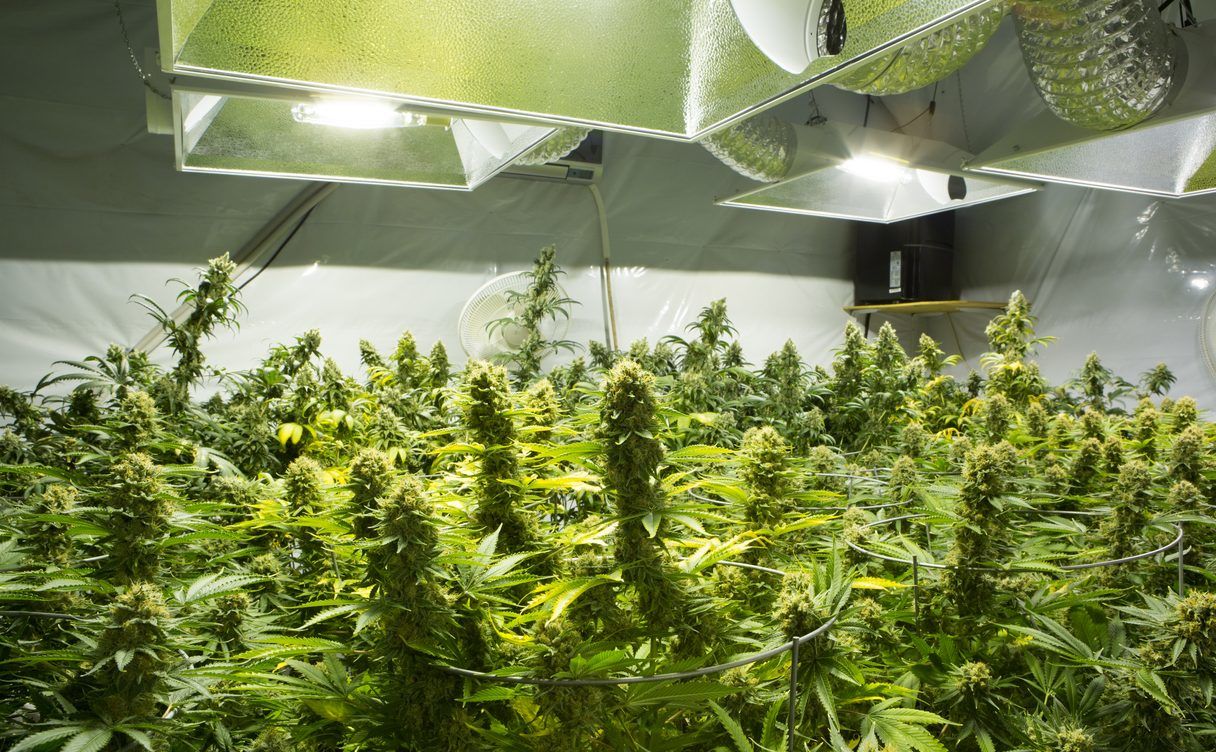With plans to legalize marijuana before this July in Canada, there have been recent discussions about what cannabis production will look like and how it will affect the environment.
Because marijuana plants require a lot of water and artificial light when grown indoors, they consume a lot of energy. Naturally, there have some concerns that the new legalization will negatively impact the environment.
As more cannabis businesses enter the market, there will be increased demands for power, but no one knows how much that will mean, according to CBC.
The United States, who legalized pot in several states, has found that indoor marijuana production is responsible for one percent of all energy consumption in the U.S. In the state of California alone, the consumption has risen to three percent, according to a 2012 peer-reviewed study.
Through the use of high-intensity lamps, air conditioners, dehumidifiers, and more, growing cannabis indoors sucks up a lot of electricity in addition to using large amounts of water, which has been drying out streams in California, according to the Financial Post.
Essentially, it takes about 2,000 kWh to make one pound of product using traditional growing methods, according to CBC, which is equivalent to using two months of electricity in the average Canadian household.
One reason indoor production has been the primary method of cultivation up to this point is that the climate is more able to be controlled than outdoor growth.
“The outdoor environment doesn’t allow the grower to fine tune the environment,” says Jonathan Page, a botany professor at UBC and the founder and CEO of Anandia Labs, a cannabis biotech company that creates new varieties of marijuana.
Outdoor is more suited to growth for edibles or concentrate, according to Page.
However, others feel differently about the topic. Dan Sutton, a former technology professional who founded Tantalus Labs, said that it doesn’t make a lot of sense to replace the energy of sunlight with a synthetic alternative.
Companies, however, are more focused on profitability over the future of the planet Sutton said. At the moment, there is little being done to regulate the growing conditions of cannabis in Canada.
Health Canada’s proposed regulations for cannabis do not address energy use or water consumption. The only rules so far require that these products meet quality standards for sanitation and pesticides.
Sutton argues that regulators should help newcomers prioritize sustainability through building standards or green tax credits similar to what has been executed in the U.S.
Boulder County in Colorado has enforced regulations that require cannabis growers to offset their electricity use with a renewable energy or pay a fee, which goes toward funding education on the best marijuana cultivation practices.
Currently, Health Canada has requested Environment and Climate Change Canada to assess the environmental impacts of marijuana production and will publish its findings in the finalized regulations.


